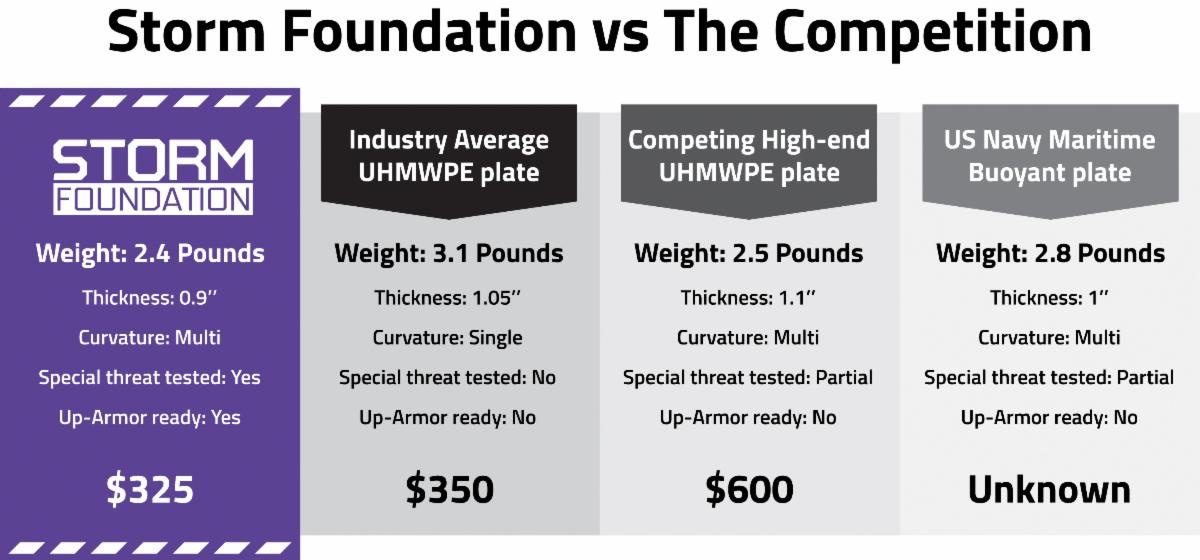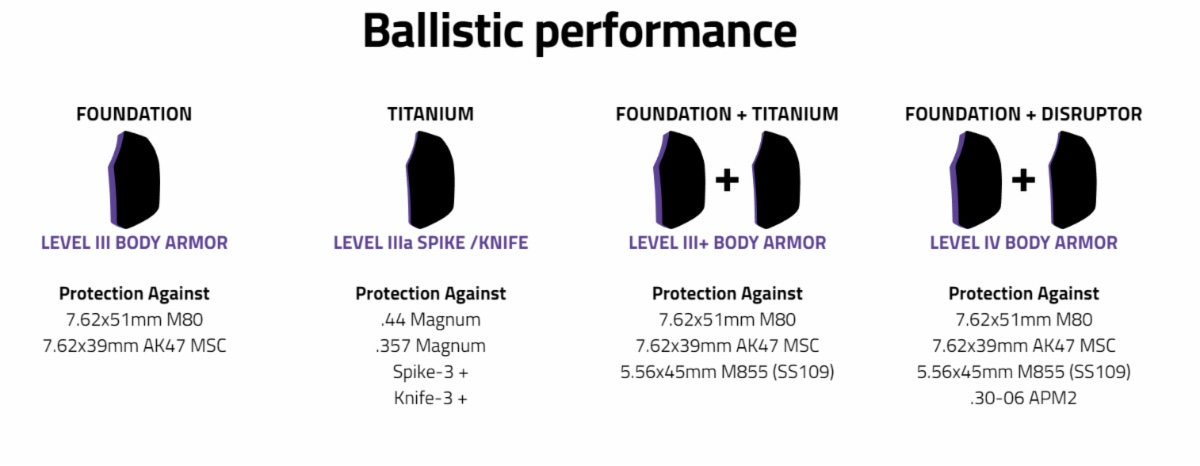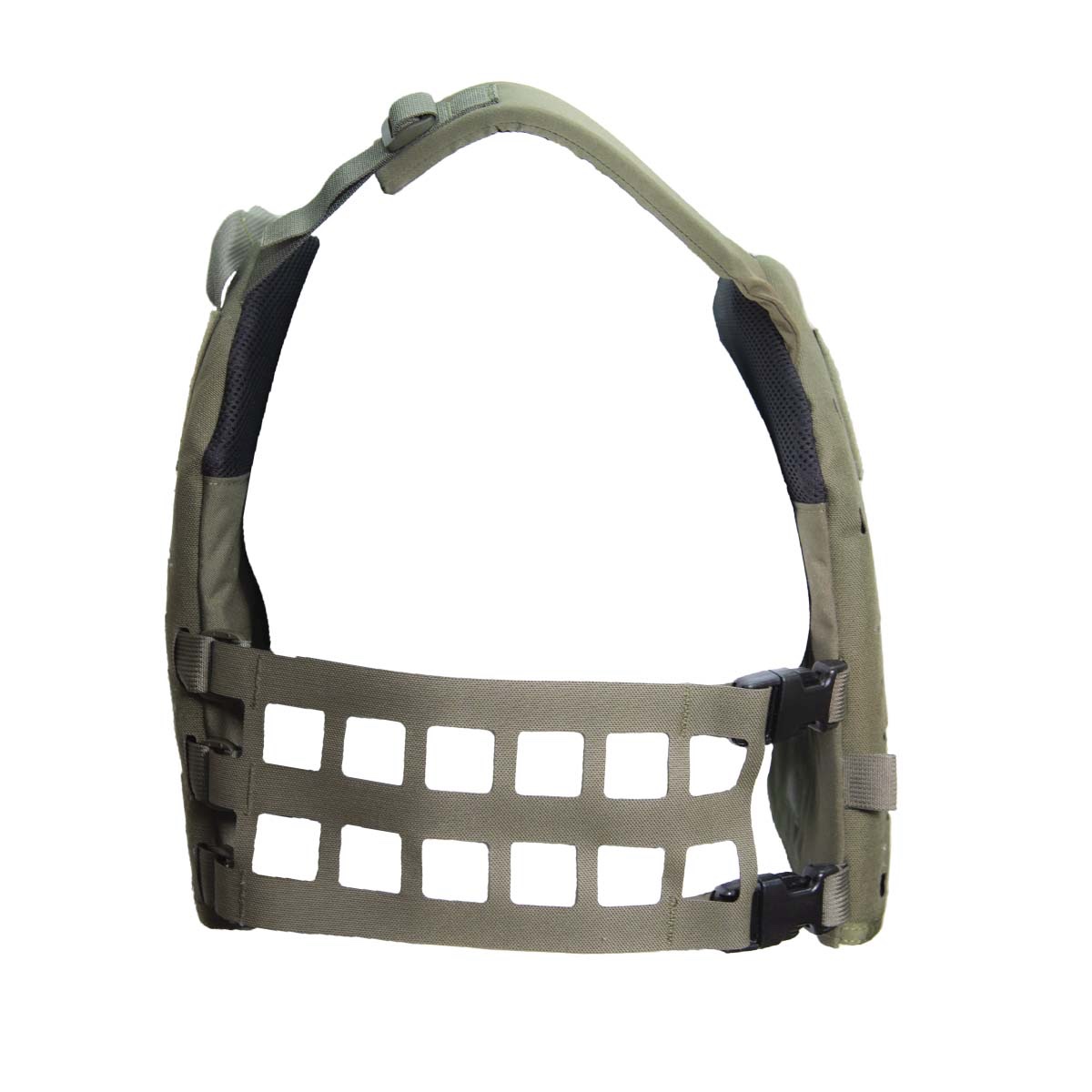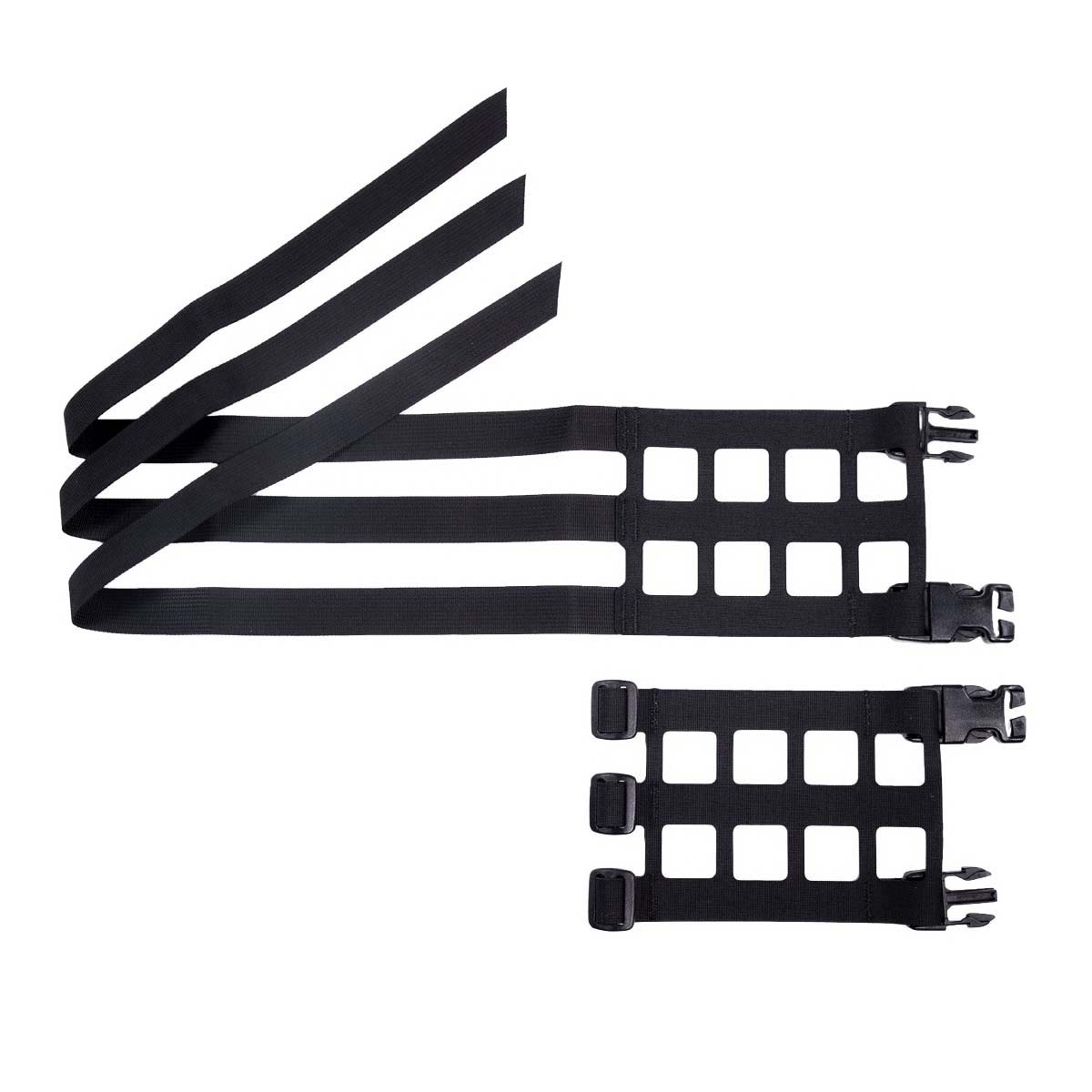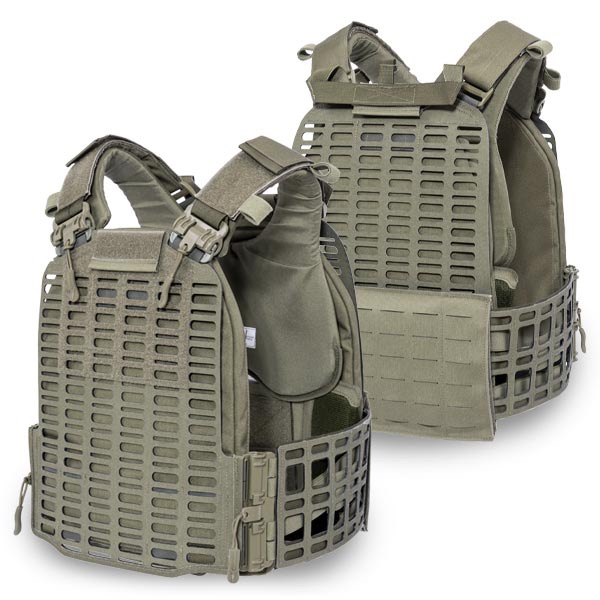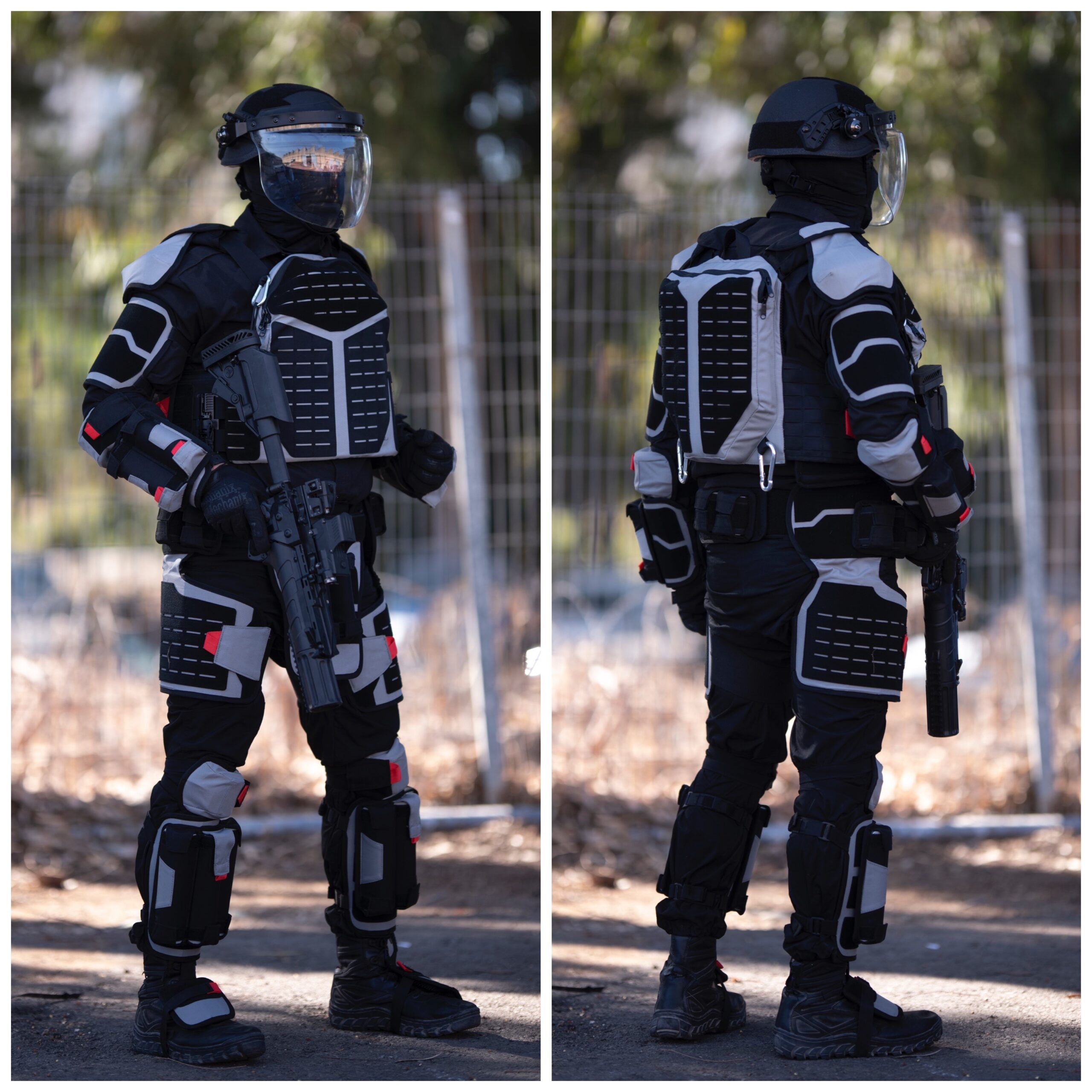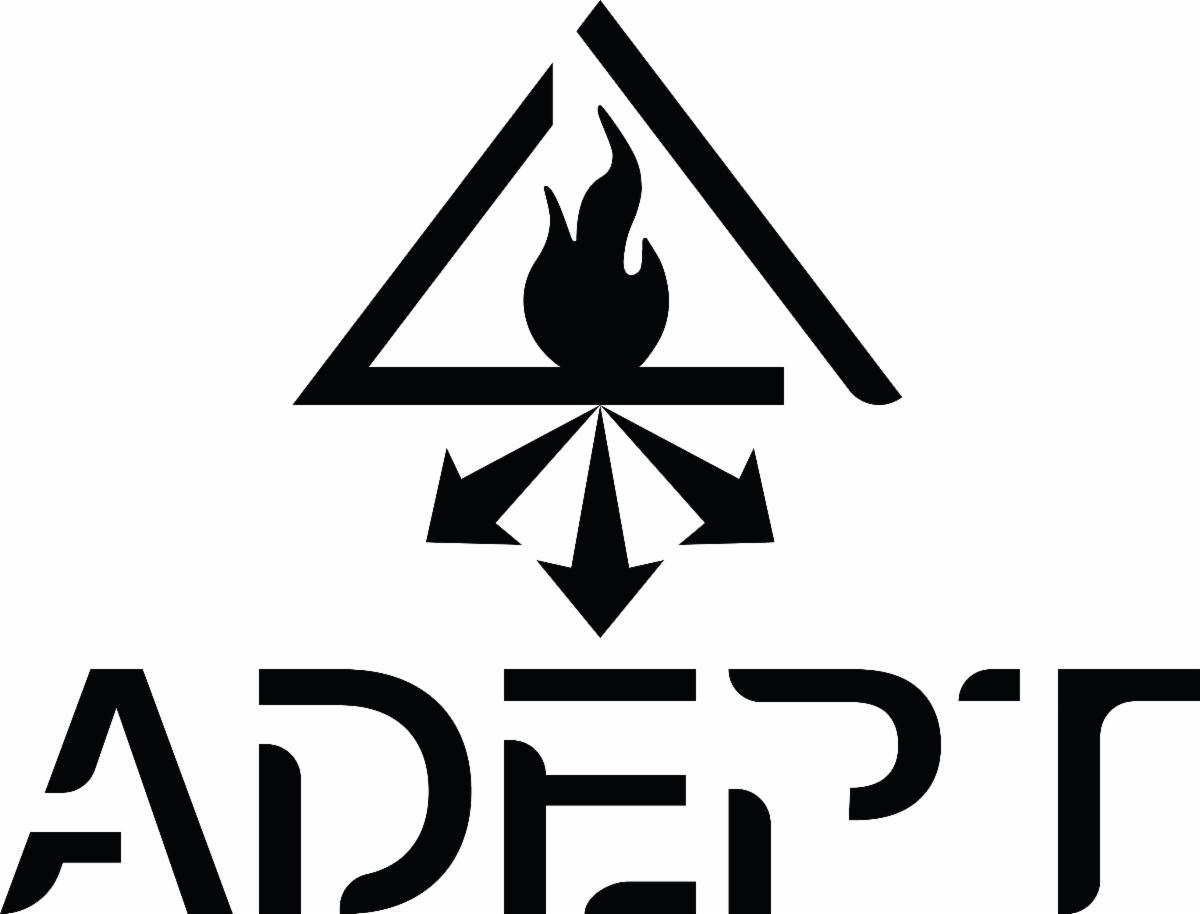
The Storm Body Armor System from Adept Armor: One Plate/Multiple Removable Strike-Faces
Continuing to expand the Adept Armor ballistic product line, the new Storm Foundation UHMWPE plate offers users the ability to upgrade from Level III, to III+, to Level IV on the same base plate.
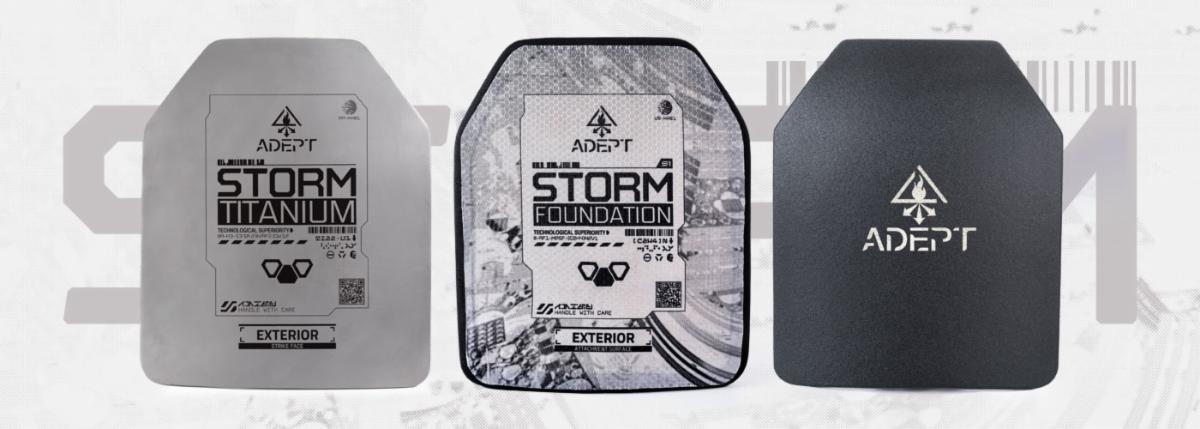
Tulsa, Okla. (November 2021) –Adept Armor, an armor system engineering firm, is pleased to announce the Storm body armor system, anchored by the Foundation UHMWPE plate. Unlike standard ultra-high molecular weight polyethylene plates on the market today, Adept Armor’s new Storm: Foundation allows the user to inter-change strike-faces and upgrade from Level III to Level IV with ease.
Designed as a comfortable, all-day wearable 10” x 12” SAPI cut, the Storm: Foundation UHMWPE plate is among the lightest Level III-rated plates in the world, at just 2.4 pounds, and is among the thinnest plates in its category, at 0.9” thick. Special threat tested against mild steel core rounds in 7.62x39mm and 7.62x54mmR, it offers its wearer comprehensive protection from a wide variety of rifle threats, and yet allows for extreme mobility when the situation arises. The plate is resistant to water and can float. It is also resistant to most chemicals, microorganisms, and ultraviolet radiation, thereby extending the life of the plate. Adept Armor’s Storm: Foundation plate is also multi-hit capable, even in the same hit location.
Given its size and weight characteristics, the Storm: Foundation feels effortless to wear — but it is not entirely suitable for all threat environments, as, like all other UHMWPE plates, it won’t reliably stop 5.56x45mm M855. The unique feature of the Adept Armor Modular Storm System is the versatility of the removable strike-faces that allow the user to interchange threat levels based on missions without affecting the performance of the Storm: Foundation plate.
The Storm: Titanium, which is immediately available, is a low-profile titanium plate that can attach to the strike-face of the Foundation plate. When the two are combined, bringing the total thickness to just 1.1” and the weight to 5.5 pounds, it offers protection from high-velocity steel-cored rifle ball threats such as the M855 and 5.45x39mm 7N6. The Storm: Titanium can also be used standalone, as an ultra-low-profile Level IIIA/stab plate.
The Storm: Disruptor is a forthcoming, add-on armor plate, intended for the most extreme threat environments. Made of a toughened ceramic composite, it can combine with the Foundation to upgrade protection to Level IV. And, though it cannot be used as a standalone, it is the first example of a Level IV ceramic strike-face as a modular component part, which can easily and rapidly be replaced if it is damaged due to hard use in the field, or has sustained any impacts that would degrade its capabilities.
The Adept Armor Storm System is, for the first time, body armor that is truly modular and adaptable.
Interested in armor materials, systems, test methods, and current threats? Check out Adept Armor’s incredible knowledgebase of information and glossary. Learn more about Adept Armor on their new website or follow them on Facebook, Instagram, and LinkedIn. Receive a FREE bag and patch, as well as the latest news, offers, and promotions from Adept Armor when you sign up for the newsletter.
